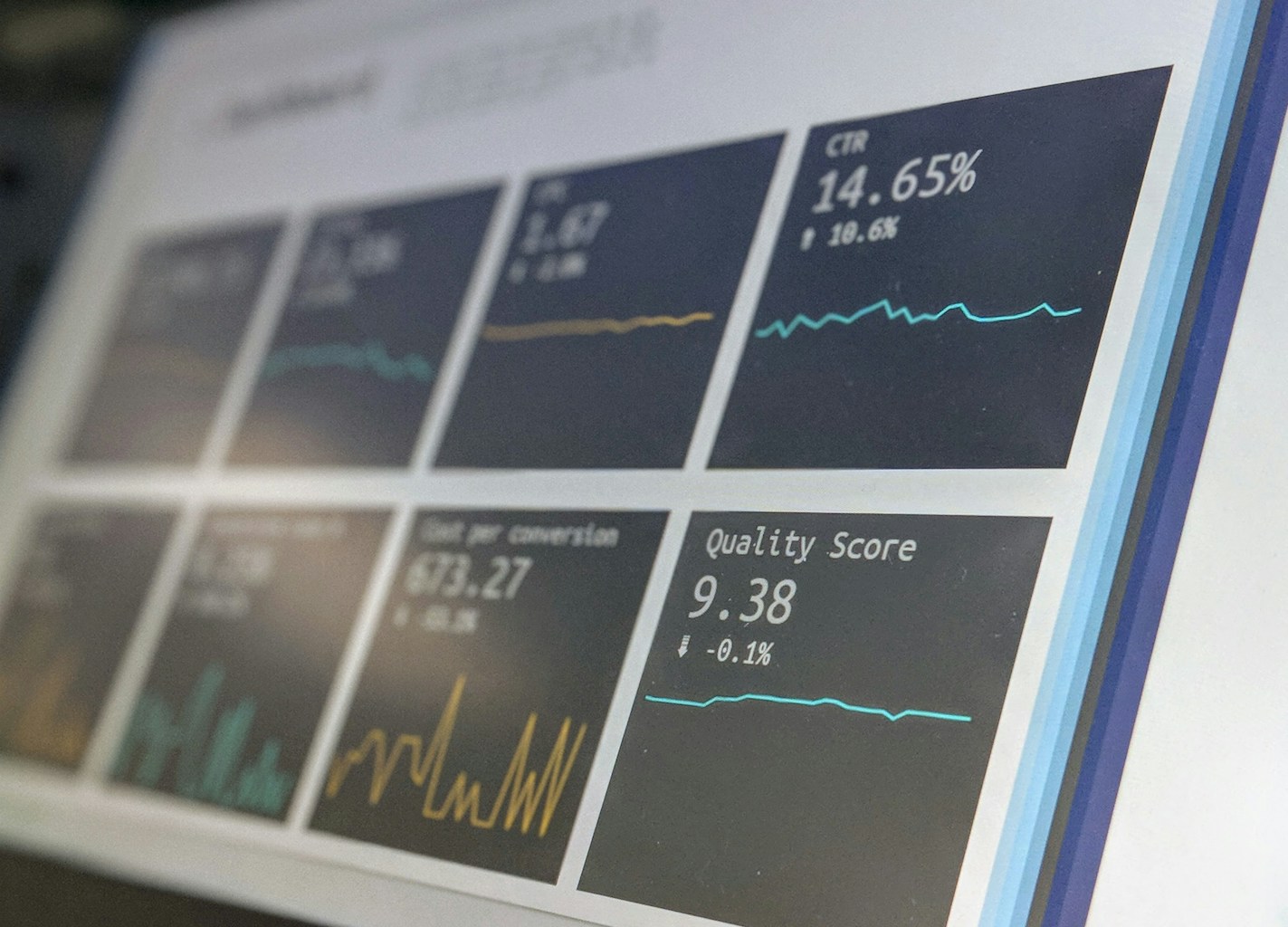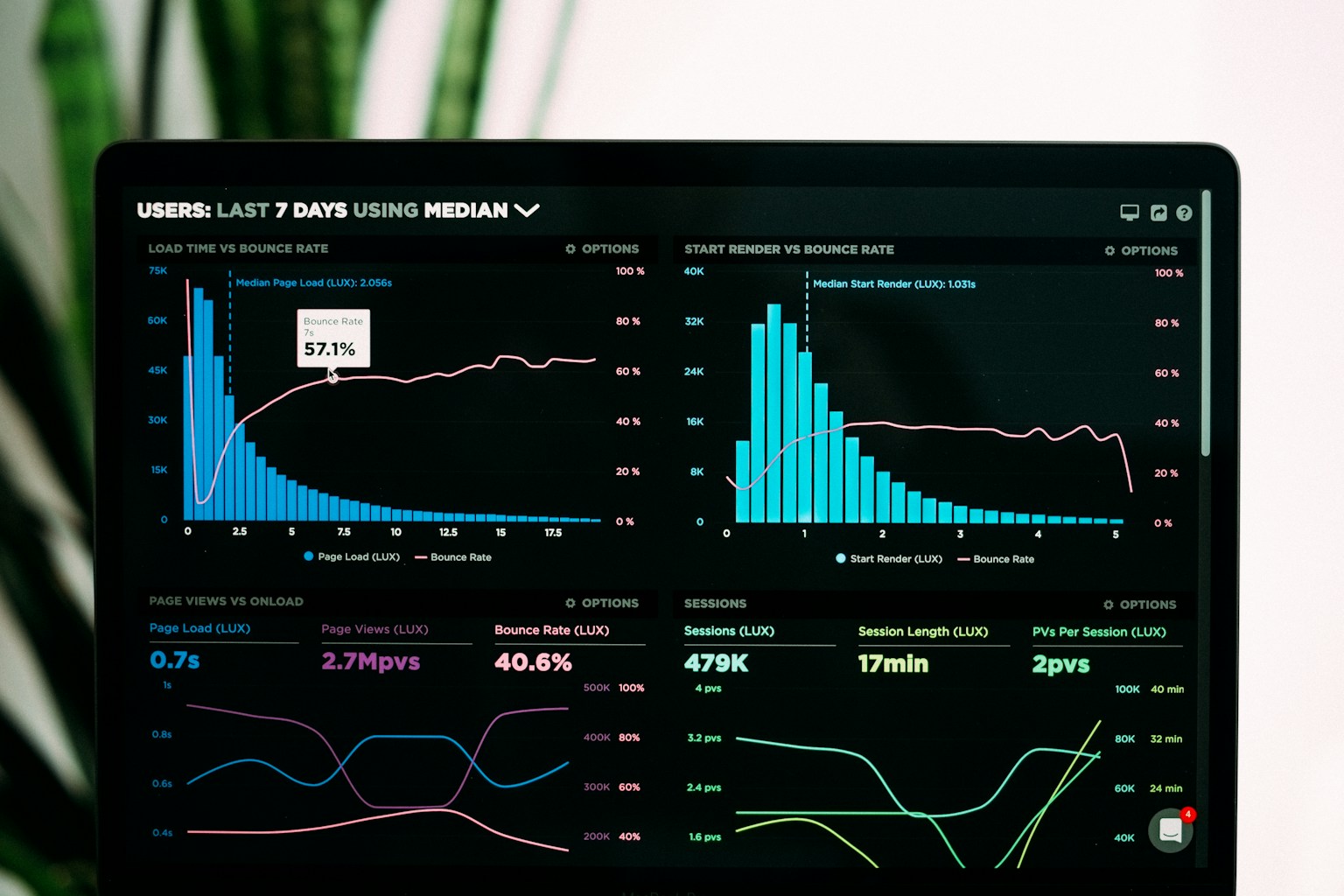In the quest for SEO dominance and improved user experience, website owners often overlook a critical element: measuring and analyzing their internal linking performance. While most recognize that internal links matter, few implement systematic tracking to understand how these links actually perform. By leveraging Google Analytics and other complementary tools, you can transform your internal linking from guesswork to data-driven strategy. This comprehensive guide will show you exactly how to track, measure, and optimize your site’s internal link performance.

Why Tracking Internal Link Performance Matters
Before diving into the technical aspects, it’s important to understand why dedicated internal link analysis deserves your attention.
The Dual Impact of Internal Links
Internal links serve two critical functions that directly impact your site’s success:
- User Navigation – They guide visitors through your content, influencing engagement metrics like pages per session, time on site, and conversion rates.
- Search Engine Optimization – They distribute page authority, establish content hierarchy, and help search engines discover and understand your content.
As Search Engine Journal notes, internal links remain one of the few ranking factors over which you maintain complete control. Maximizing their effectiveness represents a significant competitive advantage.
Key Benefits of Performance Tracking
Implementing proper internal link tracking enables you to:
- Identify which links drive the most valuable user journeys
- Discover underperforming content that needs better internal linking
- Recognize link patterns that lead to conversions vs. bounces
- Make data-driven decisions about site structure and content relationships
- Quantify the ROI of your internal linking strategy
Setting Up Google Analytics to Track Internal Links
Google Analytics provides powerful tools for internal link tracking, but requires proper configuration to deliver actionable insights.
Method 1: Event Tracking for Contextual Links
The most precise method for tracking internal link performance involves implementing event tracking for your most important links.
Implementation Steps:
- Identify Priority Links: Focus on contextual links within content rather than navigation links.
- Add Event Tracking Code: Implement Google Analytics event tracking code to these links. For Google Analytics 4, use this format:
<a href="/destination-page/" onclick="gtag('event', 'click', {
'event_category': 'Internal Link',
'event_label': 'Source Page to Destination Page',
'link_type': 'contextual',
'link_position': 'mid-content'
});">Your anchor text</a>
- Define Meaningful Parameters: For comprehensive analysis, include these parameters:
- Event category (internal link)
- Event label (source and destination pages)
- Link type (contextual, related post, etc.)
- Link position (beginning, middle, or end of content)
Method 2: Enhanced Link Attribution
For broader coverage of all internal links, enable Enhanced Link Attribution in Google Analytics.
Implementation Steps:
- Enable Enhanced Link Attribution in your Google Analytics property settings.
- Add the following code to your Google Analytics tracking code:
gtag('config', 'GA-MEASUREMENT-ID', {
'link_attribution': {
'cookie_name': '_ga_ELA',
'cookie_expires': 30
}
});
- In Google Analytics 4, navigate to Reports > Engagement > Events and look for click events to analyze link performance.
As Optimize Smart points out, Enhanced Link Attribution provides valuable data but lacks the specificity of custom event tracking, making a combined approach ideal for comprehensive analysis.
Creating Custom Reports for Internal Link Analysis
Once you’re tracking internal link data, create custom reports to extract actionable insights.
Essential Custom Report: Internal Link Performance Dashboard
Create a custom report in Google Analytics with these dimensions and metrics:
Dimensions:
- Event Label (source/destination pair)
- Source Page
- Link Type
- Link Position
Metrics:
- Total Events (clicks)
- Unique Events
- Event Value (if implemented)
- Bounce Rate After Click
- Pages/Session After Click
- Avg. Session Duration After Click
This dashboard provides a comprehensive view of which internal links drive the most engagement and lowest bounce rates.
User Flow Analysis for Internal Link Journeys
Google Analytics’ User Flow report offers valuable insights into how internal links create user journeys:
- Navigate to Behavior > Behavior Flow in Universal Analytics or Exploration > Path Exploration in GA4.
- Filter for sessions that included internal link clicks.
- Identify the most common and most valuable user paths initiated by internal link clicks.
MonsterInsights recommends examining multi-step flows to understand how your internal linking structure guides user journeys through your site.
Advanced Analytics Techniques for Link Performance
For deeper insights, implement these advanced tracking and analysis methods.
Conversion Path Attribution for Internal Links
Discover how internal links contribute to your conversion goals:
- Set Up Conversion Goals: Ensure you have properly configured goals in Google Analytics.
- Analyze Assisted Conversions: In Universal Analytics, use Multi-Channel Funnels > Assisted Conversions and add a segment for sessions with internal link clicks.
- GA4 Conversion Paths: In GA4, create an exploration report examining the path from internal link click to conversion.
According to CXL Institute research, internal links often serve as crucial mid-funnel touchpoints that receive insufficient attribution in typical last-click models.
Heatmap Integration for Visual Link Analysis
Combine Google Analytics data with visual heatmaps for comprehensive understanding:
- Implement a Heatmap Tool: Use services like Hotjar or Crazy Egg alongside Google Analytics.
- Compare Click Distribution: Analyze which internal links receive attention vs. which ones users actually click.
- Identify Position Patterns: Determine if link position (top, middle, bottom) affects click probability.
This combination of quantitative data (Google Analytics) and qualitative insights (heatmaps) provides a comprehensive view of internal link performance.
Practical Application: Turning Analytics Into Action
Collecting data is only valuable when it drives improvement. Here’s how to convert your analytics insights into tangible optimization actions.
Identifying High-Value Internal Link Opportunities
Use your analytics data to discover where new internal links would be most beneficial:
- Find “One-and-Done” Pages: Identify content with high entrance rates but poor further engagement, indicating a need for better internal linking.
- Discover Authority Pages: Locate pages that receive significant traffic but don’t currently link to conversion-focused content.
- Map User Intent Gaps: Analyze search queries and exit pages to identify missing content connections.
Ahrefs’ study on internal linking found that strategically adding internal links from high-traffic pages to conversion-focused content can increase conversion rates by up to 20%.
Optimizing Existing Internal Links
Use performance data to improve your current internal links:
- Revise Underperforming Links: Examine links with low click-through rates and improve their:
- Anchor text relevance
- Positioning within content
- Surrounding context
- Strengthen Successful Patterns: Identify and replicate internal link characteristics that consistently drive engagement.
- Update Outdated Connections: Replace links to lower-performing content with links to more valuable resources.
Creating Data-Driven Internal Linking Policies
Establish internal linking guidelines based on performance data:
- Define Optimal Link Density: Use data to determine the ideal number of internal links per page.
- Establish Link Quality Standards: Create clear criteria for what constitutes a valuable internal link based on performance data.
- Implement Required Content Connections: Identify critical topical relationships that should always include internal linking.
Case Study: E-Commerce Site Transformation Through Analytics-Driven Internal Linking
A mid-sized e-commerce retailer used Google Analytics to transform their internal linking strategy with remarkable results:
Initial Findings:
- 78% of product pages had fewer than 3 internal links pointing to them
- Category pages rarely linked to related categories
- Internal links from blog content to product pages had 3x higher conversion rates than direct navigation
Implementation Actions:
- Added contextual links from high-traffic blog posts to relevant product pages
- Implemented “customers also viewed” sections based on analytics data
- Created contextual links between related product categories
- Revised anchor text based on click-through rate analysis
Results After 90 Days:
- 47% increase in pages per session
- 23% improvement in average order value
- 31% reduction in exit rate from product pages
- 19% increase in organic traffic to previously underperforming pages
This transformation came not from creating new content, but from optimizing existing internal link structures based on analytics insights.
Common Internal Link Tracking Pitfalls to Avoid
When implementing analytics for internal links, watch out for these common mistakes:
1. Navigation Menu Noise
Problem: Standard navigation links can overwhelm your data, making it difficult to identify the impact of contextual links.
Solution: Segment your reports to filter out menu, footer, and sidebar navigation links, focusing instead on in-content links.
2. Overcomplicating Tracking Implementation
Problem: Excessively complex tracking can lead to inconsistent implementation and unreliable data.
Solution: Start with simple, consistent tracking parameters and expand gradually as your analysis capabilities mature.
3. Focusing Solely on Click Quantity
Problem: Measuring only click volume misses the more important metrics of engagement quality after the click.
Solution: Prioritize post-click metrics like bounce rate, time on site, and conversion rate when evaluating internal link performance.
Future Outlook: Advanced Internal Link Analytics
As analytics capabilities continue to evolve, these emerging approaches will shape the future of internal link analysis:
AI-Powered Link Recommendation
Machine learning algorithms are increasingly capable of:
- Analyzing content relationships to suggest optimal internal linking
- Predicting which internal links will drive the highest engagement
- Identifying content gaps that should be filled to complete topical coverage
Personalized Internal Linking
Advanced analytics now enables:
- Dynamically adjusting internal links based on user behavior
- Showing different internal links to different user segments
- Creating personalized content journeys based on previous interactions
According to Gartner research, websites implementing personalized internal linking see an average 29% increase in conversion rates compared to static internal linking structures.
Conclusion: The Competitive Advantage of Data-Driven Internal Linking
Understanding your internal link performance through Google Analytics represents one of the most underutilized competitive advantages in digital marketing. While most websites implement internal links based on intuition or basic SEO rules, those that leverage detailed performance data can create significantly more effective content ecosystems.
By implementing proper tracking, creating insightful reports, and taking action based on the resulting data, you can transform internal links from a basic navigational element into a powerful driver of engagement, authority, and conversions.
The most successful websites don’t just create internal links—they measure, analyze, and continuously optimize them based on performance data. By following the strategies outlined in this guide, you can join their ranks and unlock the full potential of your website’s internal structure.



